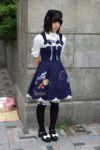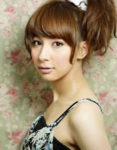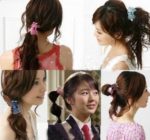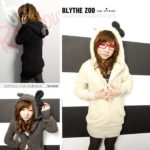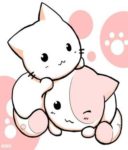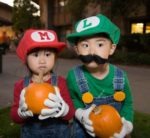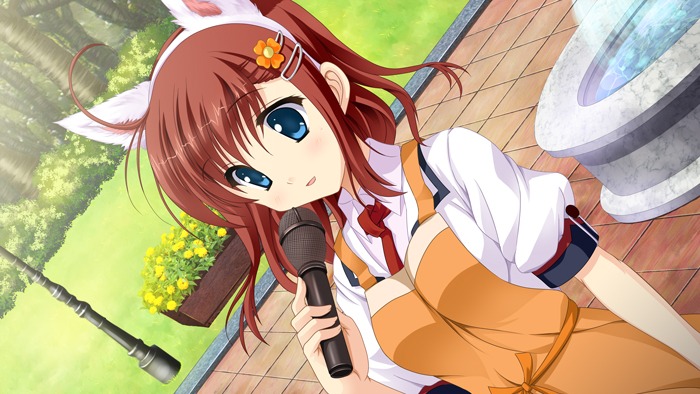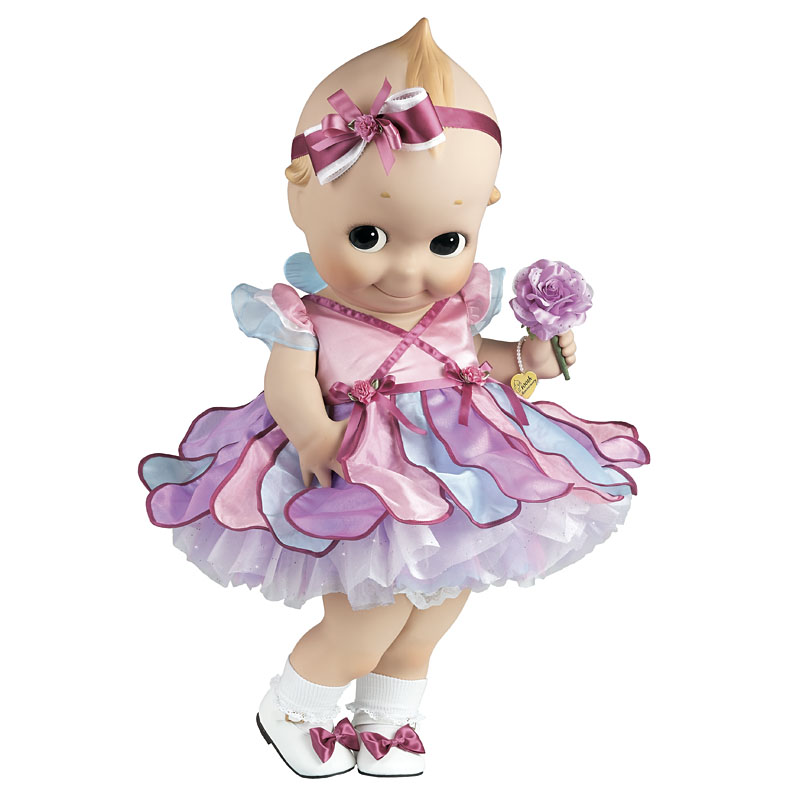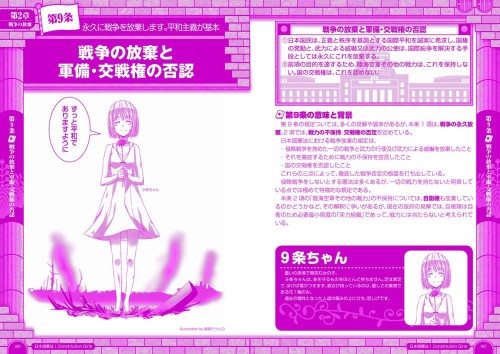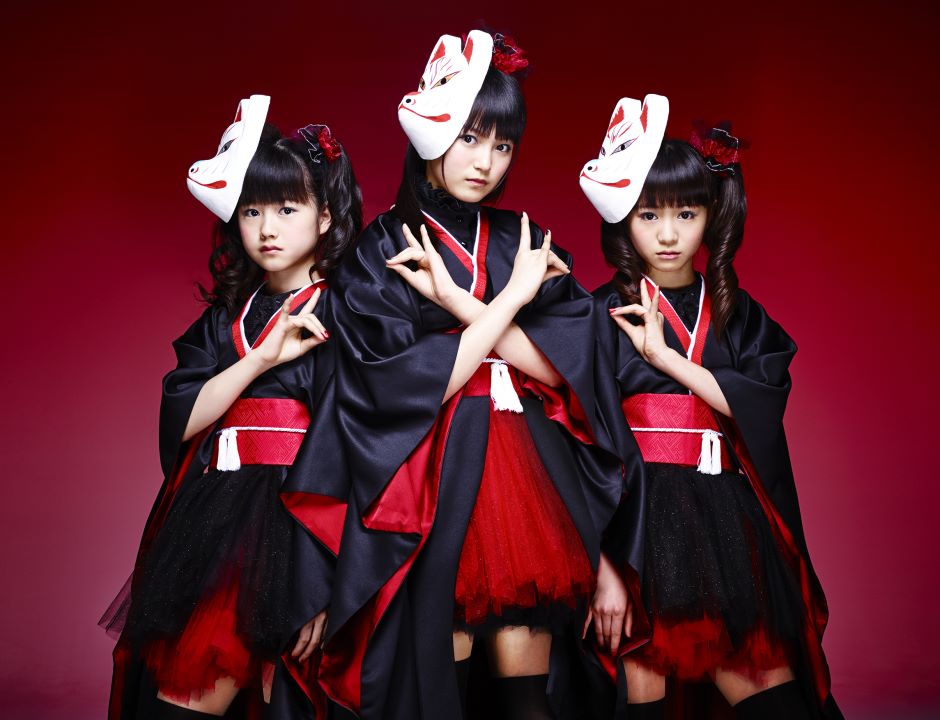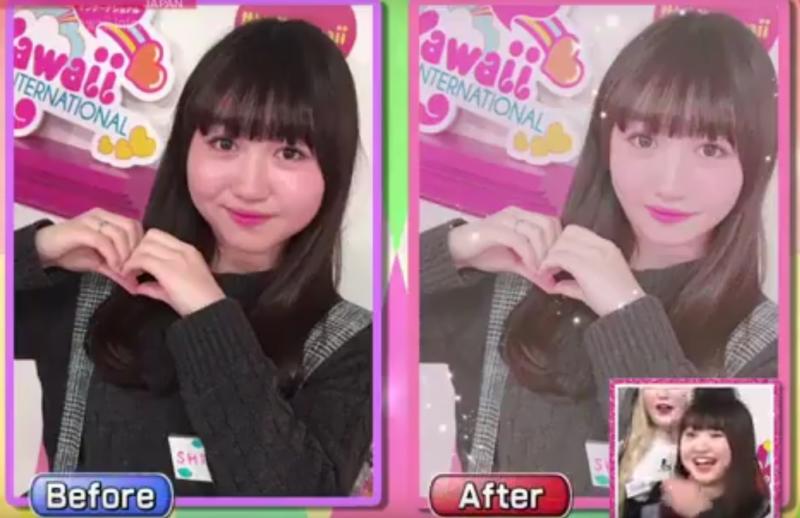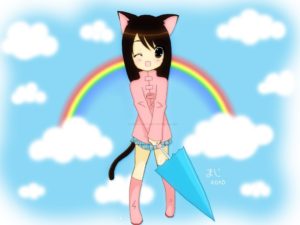
Both men and women are expected to look and act kawaii. Interestingly, when cute seems fake it is looked down upon. Women who try to be kawaii and fail are called burikko.
History of Kawaiasa
- Originally kawaii meant “pitiable qualities.” This came from The Tale of Genji’s Lady Murasaki.
- In 1970 this turned when cuteness become a new style of writing. Girls wrote with very thin lines and added hearts, smiley faces, and other accents. This writing was later divided into 4 groups: round writing (marui ji), kitten writing (koneko ji), comic writing (manga ji), and fake-child writing (kurikko ji)
- Kawaii fashion solidified in the 1980s with pop stars and the most recognizable icon of Japan (and I don’t mean the tentacle!): Hello Kitty.
Every Day Kawaii

Each of the Japanese prefectures have their own cute mascot. Makes me wonder what we would come up with here in the States for ours…
Here in the west kawaii is mostly thought to refer to teen and young adult girls. Pig tails, toys and bags with anime characters on them, eyes made to look over sized, and childish (or faux Japanese in most cases) mannerisms characterize the idea. Of course, in Japan guys are also expected to behave kawaii.
Essentially people are to act closer to children than their own age: bubbly energetic, innocent, and helpless/overwhelmed. I’ll admit that initially kawaii is attractive if done right, but I find it quickly irritates me. I also find the fascination with adults acting and looking like prepubescent children creepy. This trend looks to only be growing stronger here in the United States partially due to Japan’s influence, and the influence of less savory media.
Some kawaiasa doesn’t translate between cultures. The Cabbage Patch Kids, for example, were considered cute here in the States, but the Japanese found them grotesque. I have to agree with the Japanese on this one. Japanese cute, on the other hand, has universal appeal.
Images describe kawaiasa better than I can with words. So I’ll finish this article with an overload of kawaii images. Enjoy the cavities from saccharine kawaii sweetness.

